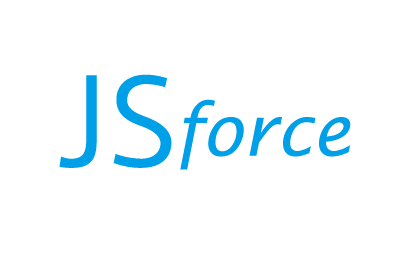An e-commerce demo web app using Salesforce as a CRM and database.
- You are a hands-on developer and learner who want to practice and show the world that you know how to work with Salesforce API (and other tech I listed below)
- MochiMachi is a demo for a Mochi shop which has a web app for customers to place orders (buy Mochi).
- The data - customers data, order details are stored in Salesforce with its Objects.
- Salesforce integration via API using JSforce library (username and password)
- Programmatic and Declarative programming
- Object relationships in Salesforce
fetchand Express framework (Router)- TypeScript
- Vercel deployment for front-end
- Heroku deployment for back-end
The final product includes two parts (sit in two differnt repos)


1. Front-end: MochiMachi web app where customers make orders, pay and receive confirmation. **This repo**





Grid



2. Back-end: Handle HTTP request sent from the Front-end. Act as a middle-ware to make API requests to Salesforce via JSForce library. https://github.com/TotoroSyd/SFORCE_Connection.git
- You need a developer Salesforce Org to be your sandbox. Create here https://developer.salesforce.com/signup
- OR If you have an account in Trailhead (https://trailhead.salesforce.com/en/today/new_user)
By default the Salesforce app you will get is named Sales Console. You can rename it if you want. I have a separated note on this step, please follow my Medium post.
Once a customer clicks Pay, an Account (stores the customer's information) and related Contract are created (capture order's details).
These are the Standard Objects that are in use:
- Account
- Contract
- Order
- Order Item
- Product
- Pricebook
- Testing
- Validate
req bodyserver side usingschemainexpress-validation - Refactor Salesforce integration using OAuth (Currently using username and password for each login which consumes API limit)
- Screen responsiveness
- Set up changelog
- Repeated details on `review Your Order" because states are not cleaned properly
- Confirmation after payment with contract id from Salesforce
- Formula field in Contract mirroring/ looking up Total amount calculated from Oder. This is to compare with the total from Web to make sure we charge customers the right amount
- Triggered-flow to change Order status from
DrafttoActivatedonceOrder Items are added.
To clone and run this application, you'll need Git and Node.js (which comes with npm) installed on your computer. From your command line:
# Clone this repo
$ git clone https://github.com/TotoroSyd/MochiMachi.git
# Go into the repo in your local
$ cd <your dir>
# Install dependencies
$ yarn install
# Run the app
$ yarn start
##
## Clone another repo
$ git clone https://github.com/TotoroSyd/SFORCE_Connection.git
# Go into the repo in your local
$ cd <your dir>
# Install dependencies
$ yarn install
# Run the app
$ node app.js# Fork the project including two repos
# https://github.com/TotoroSyd/MochiMachi.git
# https://github.com/TotoroSyd/SFORCE_Connection.git
# Create your branch
$ git checkout -b feature/AmzingFeature
# Commit your Changes
$ git commit -m "Add some Amazing Feature"
# Push to the Branch
$ git push origin feature/AmazingFeature
# Open a Pull request with tag "enhancement". I will see your request and I will review to merge.In the project directory, you can run:
Runs the app in the development mode.
Open http://localhost:3000 to view it in the browser.
The page will reload if you make edits.
You will also see any lint errors in the console.
Launches the test runner in the interactive watch mode.
See the section about running tests for more information.
Builds the app for production to the build folder.
It correctly bundles React in production mode and optimizes the build for the best performance.
The build is minified and the filenames include the hashes.
Your app is ready to be deployed!
See the section about deployment for more information.
Note: this is a one-way operation. Once you eject, you can’t go back!
If you aren’t satisfied with the build tool and configuration choices, you can eject at any time. This command will remove the single build dependency from your project.
Instead, it will copy all the configuration files and the transitive dependencies (webpack, Babel, ESLint, etc) right into your project so you have full control over them. All of the commands except eject will still work, but they will point to the copied scripts so you can tweak them. At this point you’re on your own.
You don’t have to ever use eject. The curated feature set is suitable for small and middle deployments, and you shouldn’t feel obligated to use this feature. However we understand that this tool wouldn’t be useful if you couldn’t customize it when you are ready for it.
Updating
Updating

Other channels listed in my README Github Profile https://github.com/TotoroSyd









